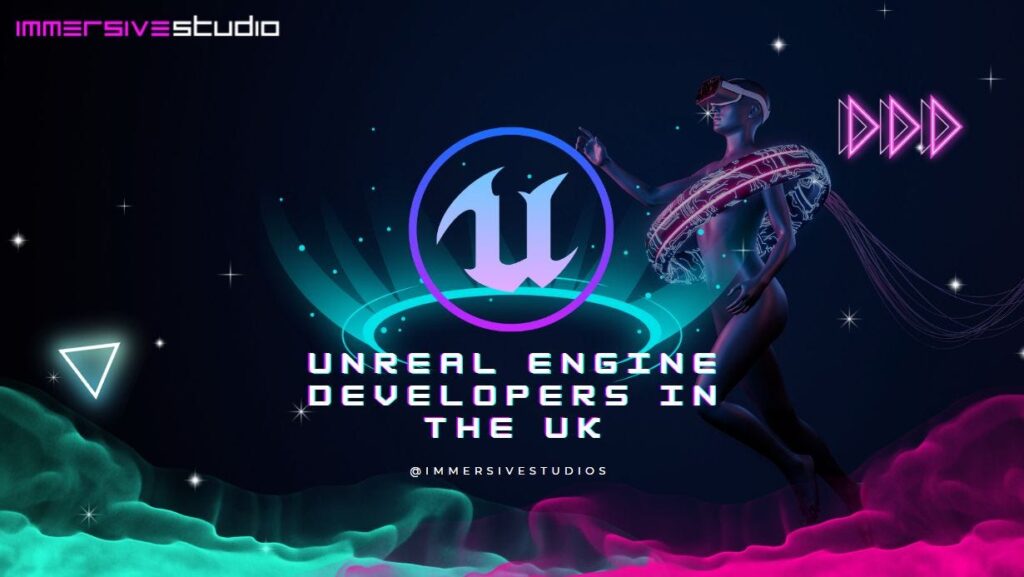Game developers use a variety of tools and technologies to create immersive gaming experiences. This includes game engines like Unreal Engine and Unity, programming languages like C++ and Java, art and design tools such as Adobe Photoshop and Autodesk Maya, and sound and music tools like FMOD and Pro Tools. Testing and debugging tools like Unity Profiler and collaboration tools like Slack and Trello are also crucial for smooth development processes. By utilizing these tools, developers can bring their game vision to life and create memorable experiences for players.
Unveiling the Magic: An Inside Look at the Tools Game Developers Use to Create Immersive Experiences
Introduction
Game development is a complex and intricate process that involves the use of various tools and technologies to bring a virtual world to life. In this article, we will take a detailed look at the tools game developers use to create immersive experiences for players.
Game Engines
Game engines are the software frameworks that provide developers with the necessary tools and features to create video games. Some of the most popular game engines in use today include Unreal Engine, Unity, and CryEngine. These engines provide developers with graphics rendering, physics simulation, AI, and other essential components to bring their game vision to reality.
Programming Languages
Game developers use various programming languages to write the code that powers their games. Some of the commonly used languages include C++, C#, and Java. These languages are used to create the game logic, implement gameplay mechanics, and optimize performance.
Art and Design Tools
Art and design are crucial elements of game development, and there are several tools available to help developers create visually stunning worlds. Tools like Adobe Photoshop, Autodesk Maya, and ZBrush are commonly used to create 2D and 3D assets, textures, animations, and character models.
Sound and Music Tools
Sound and music play a vital role in creating immersive gaming experiences. Game developers use tools like FMOD, Wwise, and Pro Tools to create and implement audio effects, background music, and voiceovers into their games. These tools help enhance the overall atmosphere and storytelling of the game.
Testing and Debugging Tools
Testing and debugging are crucial stages in game development to ensure the game runs smoothly and is free of bugs. Developers use tools like Unity Profiler, Visual Studio Debugger, and Bugsnag to test the game’s performance, identify and fix issues, and optimize the game for different platforms.
Collaboration Tools
Game development is often a collaborative effort that involves multiple team members working together to create a game. Collaboration tools like Slack, Trello, and Jira help developers communicate, track progress, manage tasks, and share resources with team members, ensuring a smooth development process.
Conclusion
Game development is a multi-faceted process that requires a variety of tools and technologies to create immersive experiences for players. By using game engines, programming languages, art and design tools, sound and music tools, testing and debugging tools, and collaboration tools, developers can bring their game vision to life and create memorable gaming experiences.
